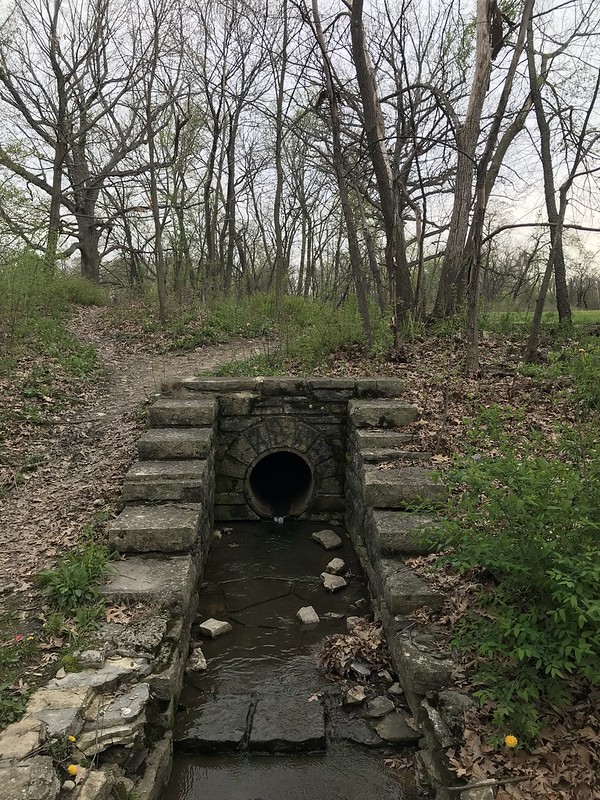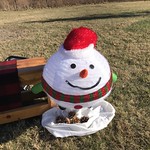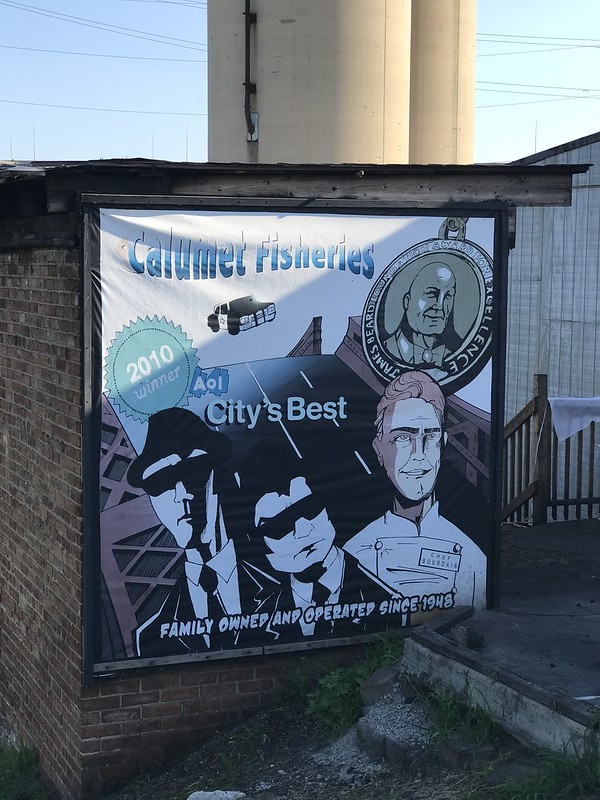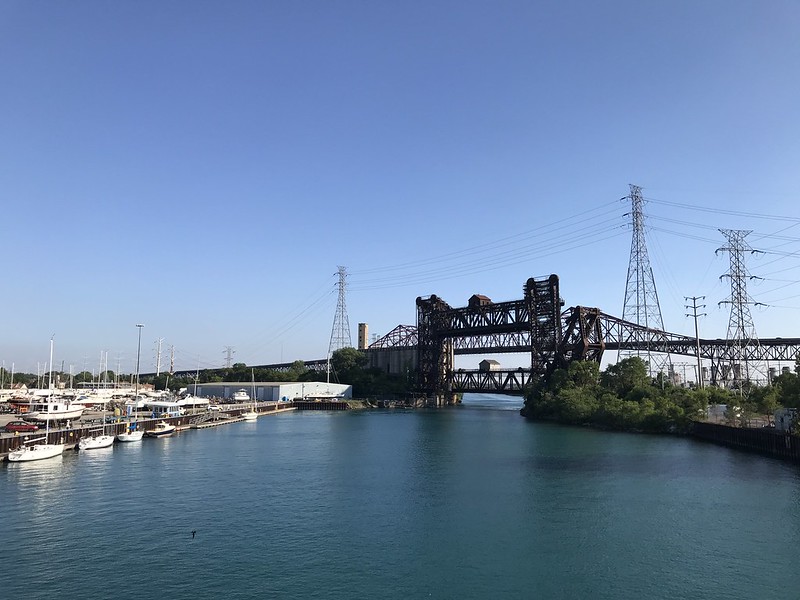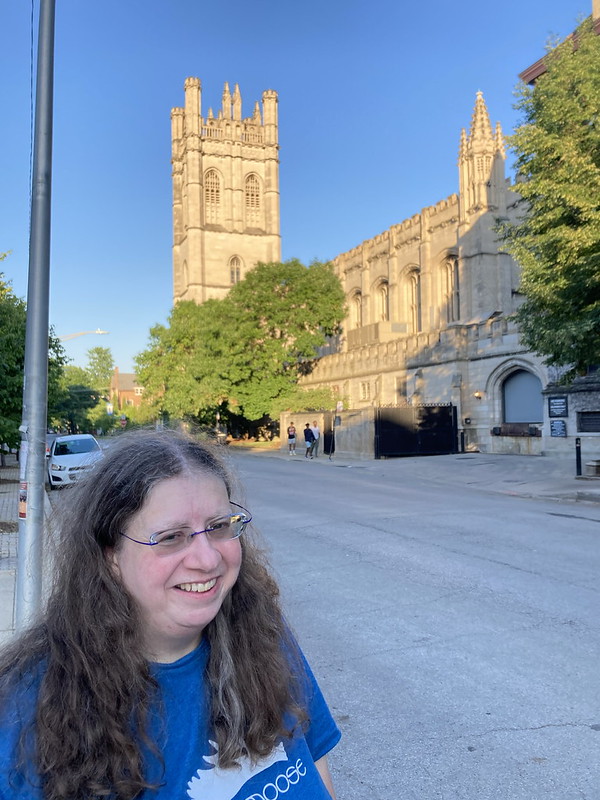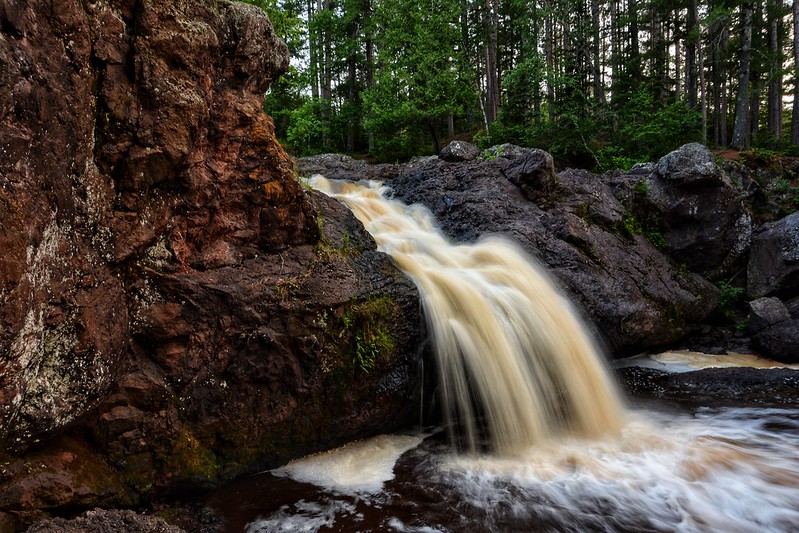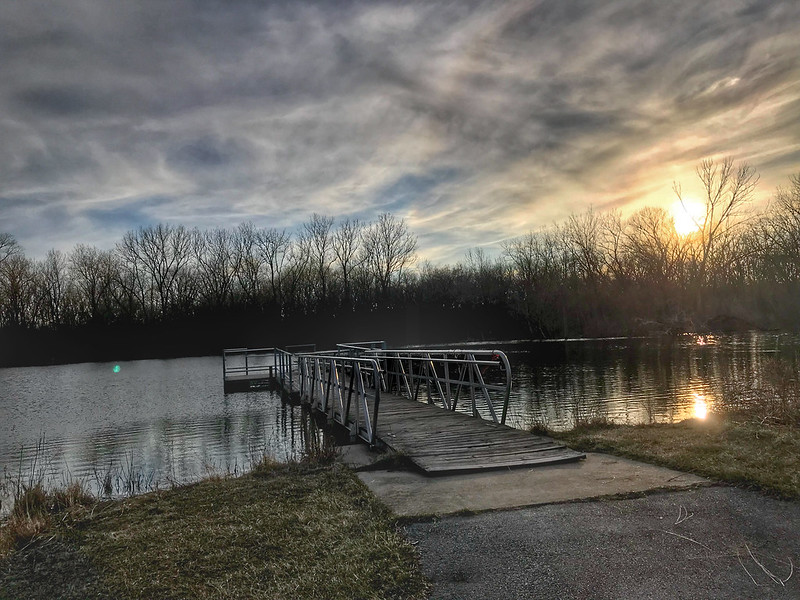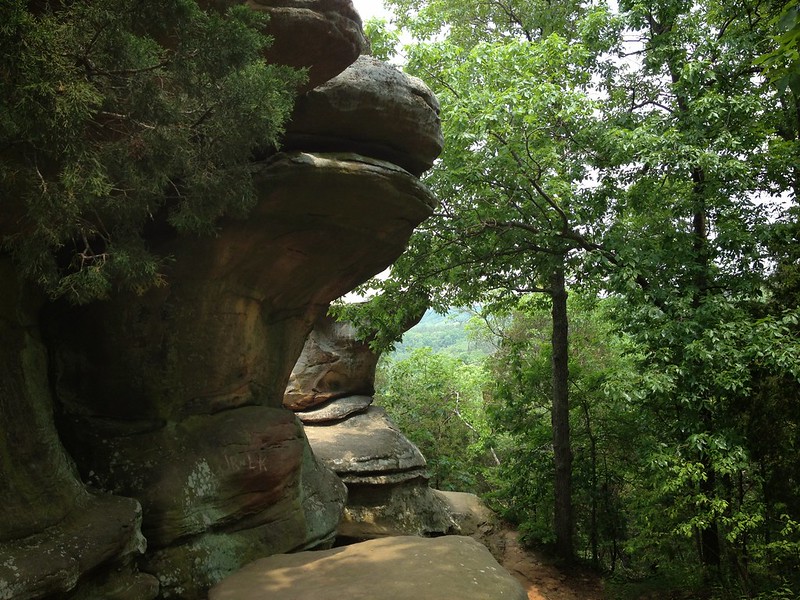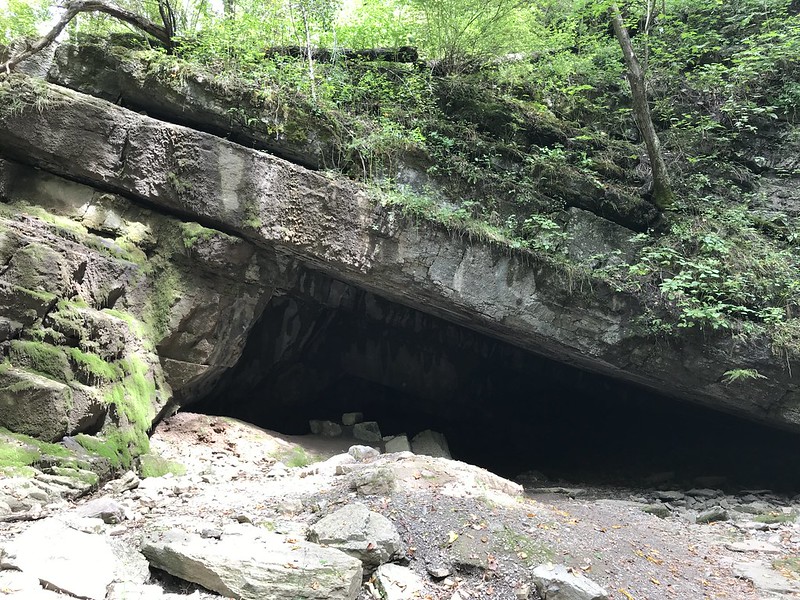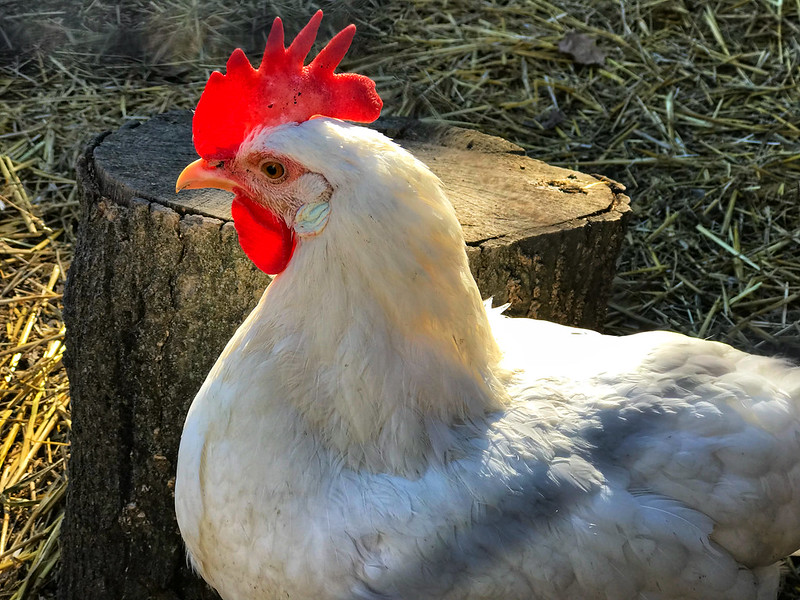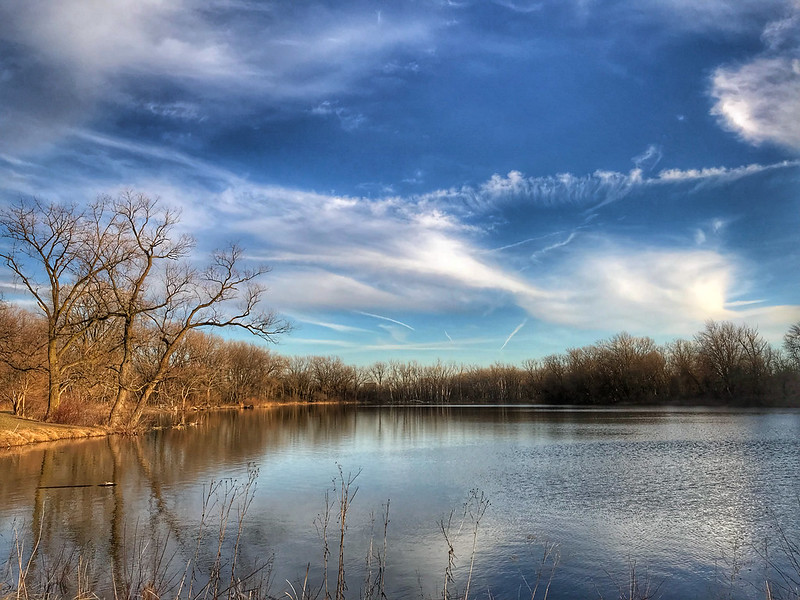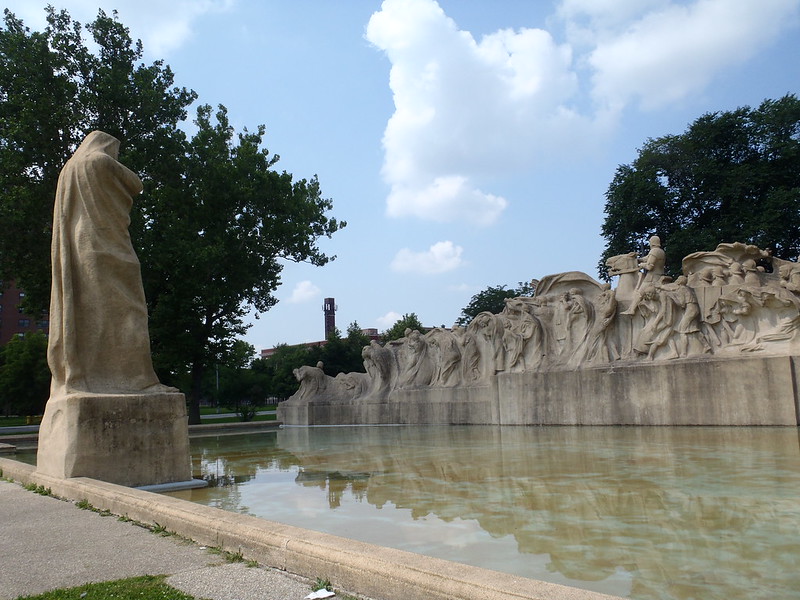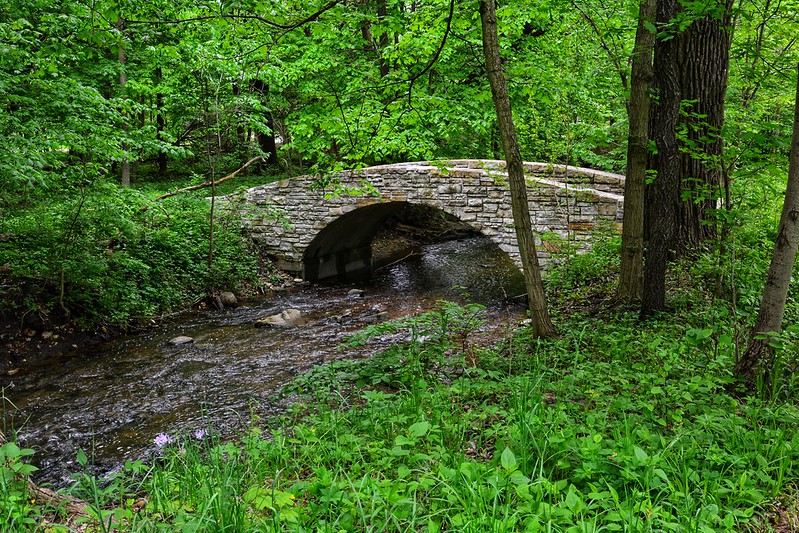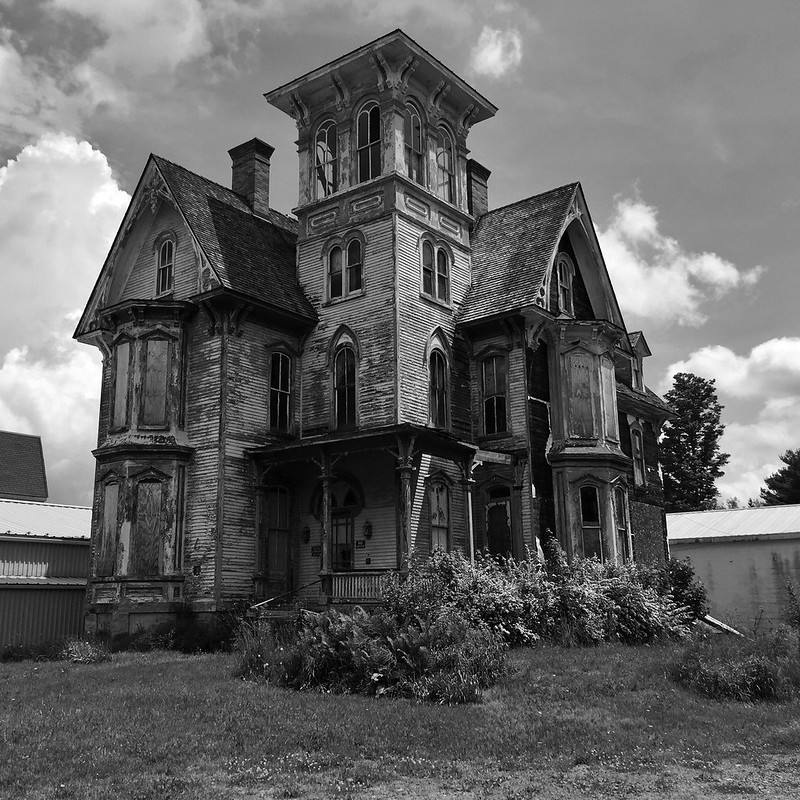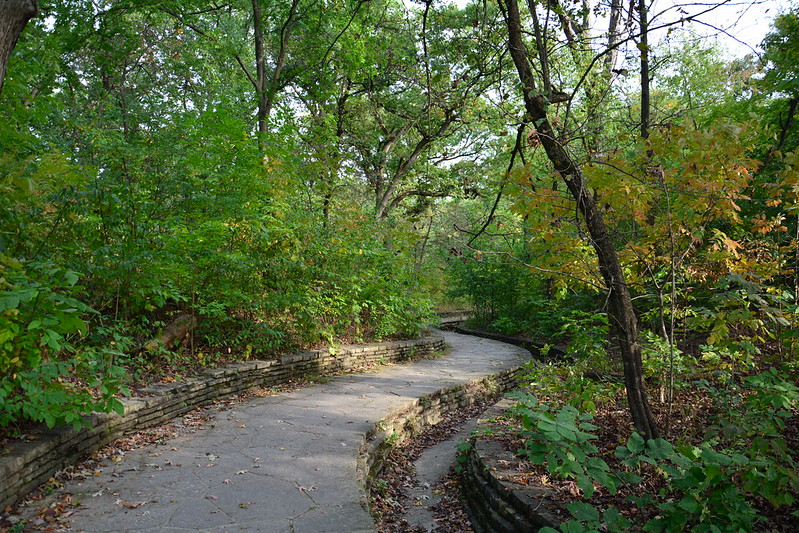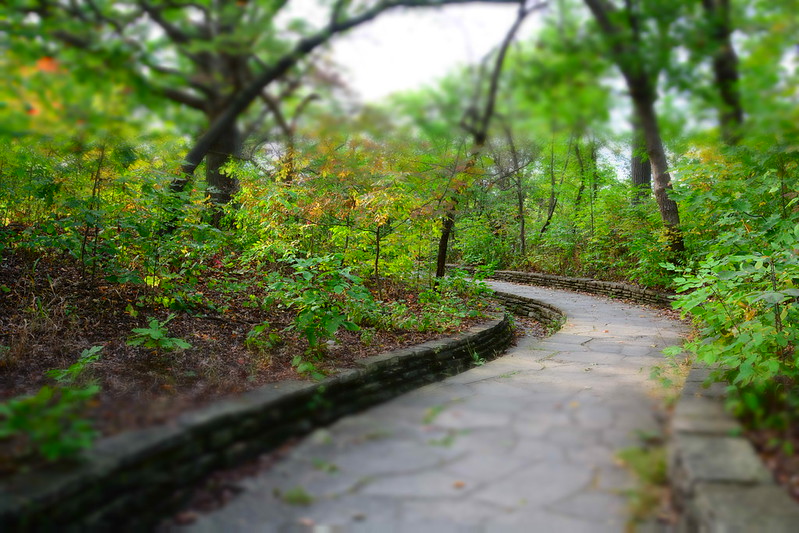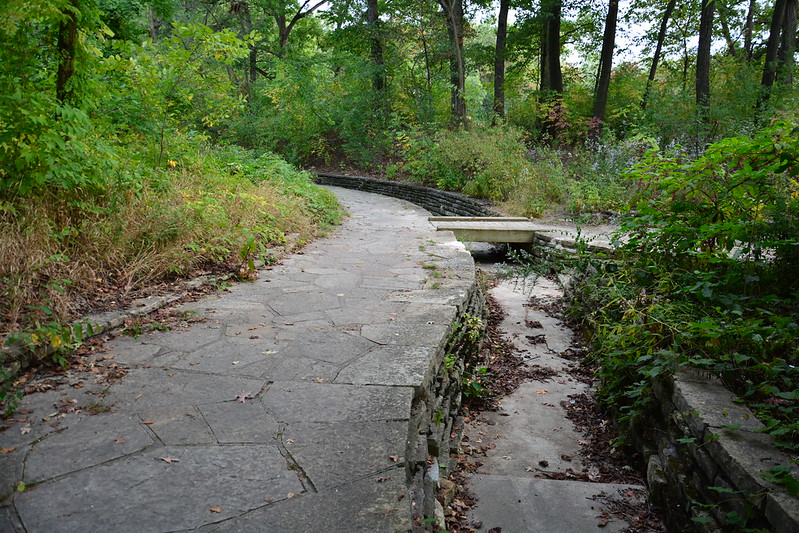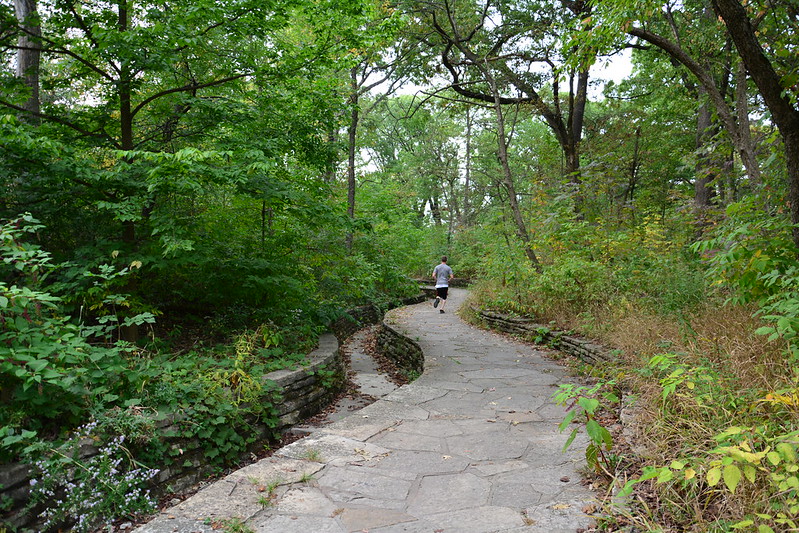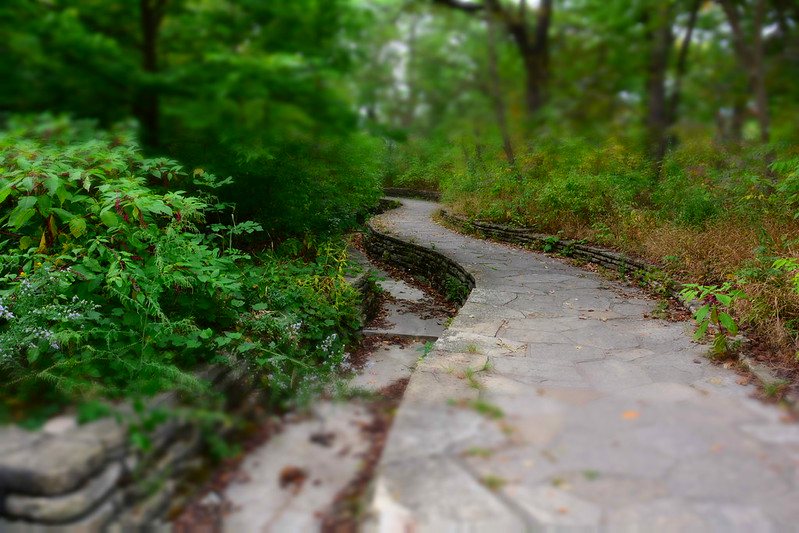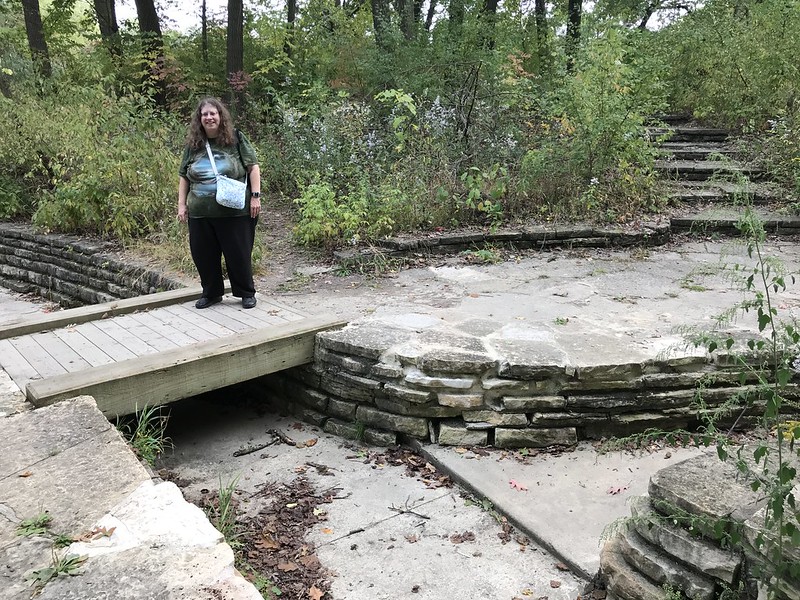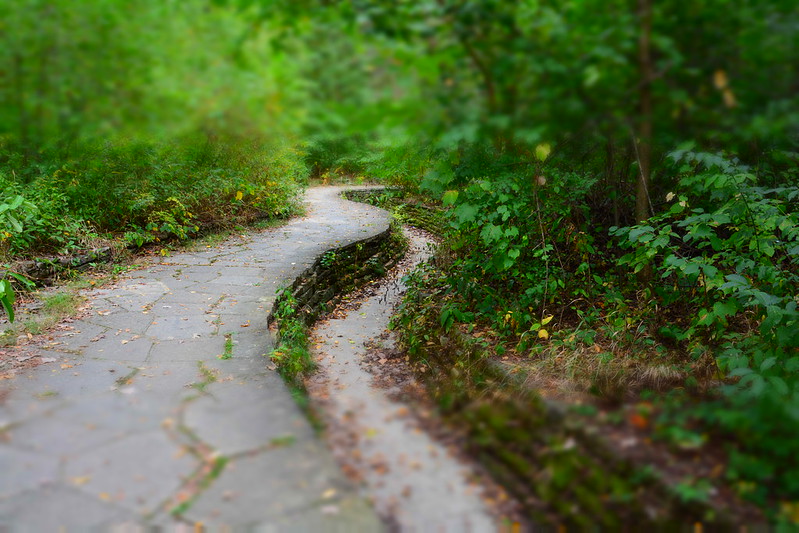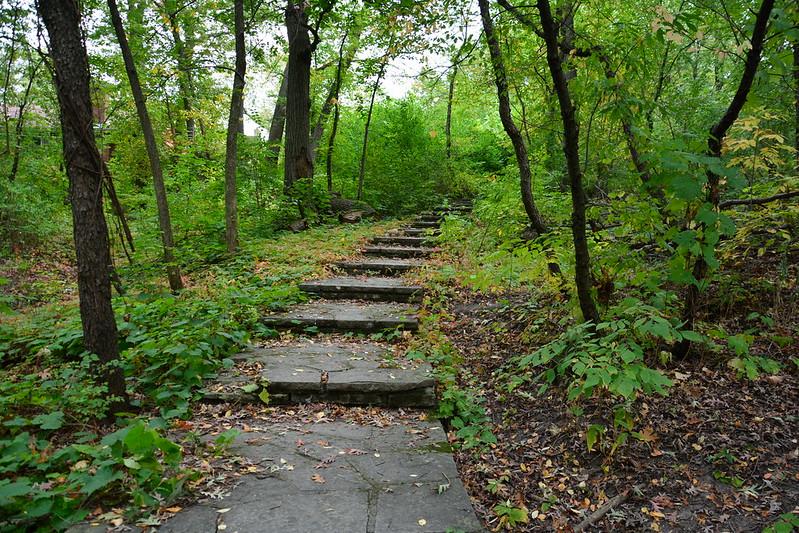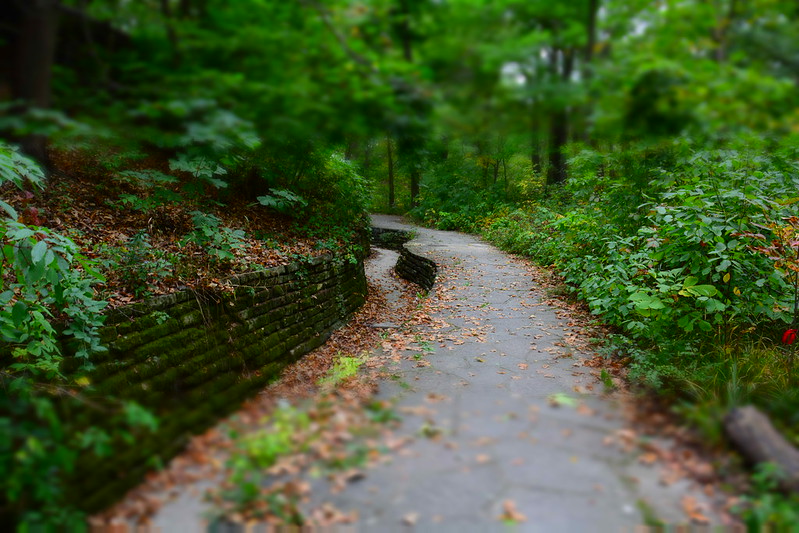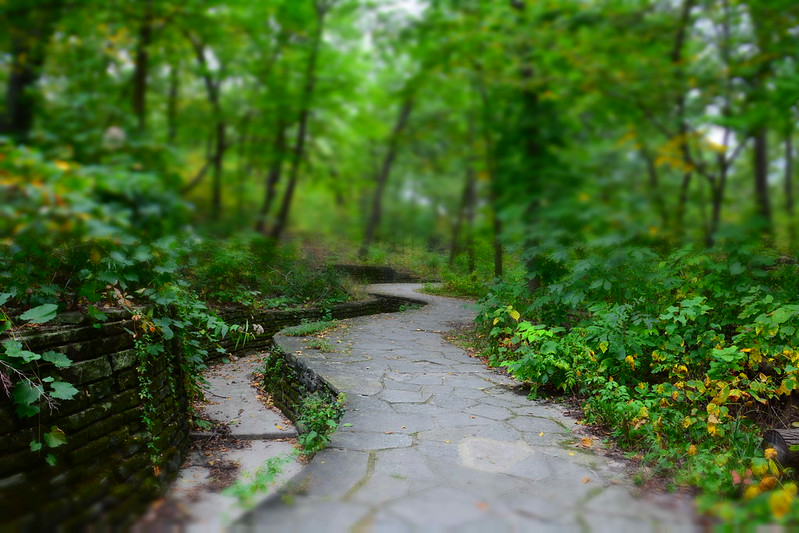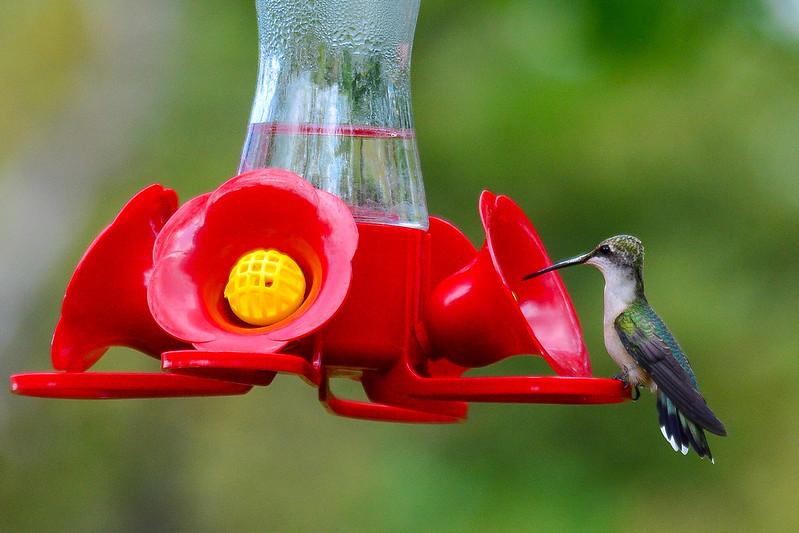If you had come to North America from Europe, especially Great Britain, in the 1500 to 1700s, you had to have been overwhelmed by some of the differences between home and here, especially in landscape and species. The British coped by giving some American animals the same or similar names as more familiar ones, even when the animal was clearly different. The European robin lent its name to the American robin. The European hedgehog was transformed into the groundhog (aka woodchuck).
The.2024 emergence of Brood XIII and Brood XIX in Illinois makes me wonder about those who moved here from Europe or even the eastern cities. With only the annual dog day cicada for reference, what would you think when one May day you found numerous holes in the ground, insect-shaped husks clinging to branches everywhere, and red bug eyes staring at you by the thousands, millions, maybe billions? And then you are deafened by their calls until they die off en masse several weeks later? They don’t appear again the next year, or the next, or the year after that — not for another 13 or 17 years. Nothing would have prepared you for them.
I recall the last emergence only vaguely, although I don’t think I saw any cicadas. I may have heard them a couple times, mostly while dining outside. I assumed they occur in western New York, but a U.S. Forest Service map shows they occur in a small area east of my hometown,
This time, however, I was able to see them in a few places — first at Black Partridge Woods, finally at Bremen Grove, with Riverside, Morton Arboretum, and Chicago Botanic Garden in between.
I love them and am going to miss them. If I live that long, I’ll be just shy of 79 when Brood XIII next appears.
When you think about a frail nymph burrowing underground, eating for 17 years, emerging, shedding its exoskeleton, drying out its wings (sometimes imperfectly), finding mates, laying eggs that hatch into nymphs that burrow underground to emerge and repeat the cycle in 17 years — it’s nature at its weirdest. Only through sheer numbers do they survive. As the Field Museum said, “Here for a good time, not for a long time.”
I hope the numbers are on their side in 17 years, with not too many paved over. Broods can go extinct, and I’d hate to see (or not see) that happen in 17 years.
Long live Brood XIII and Brood XIX.






































